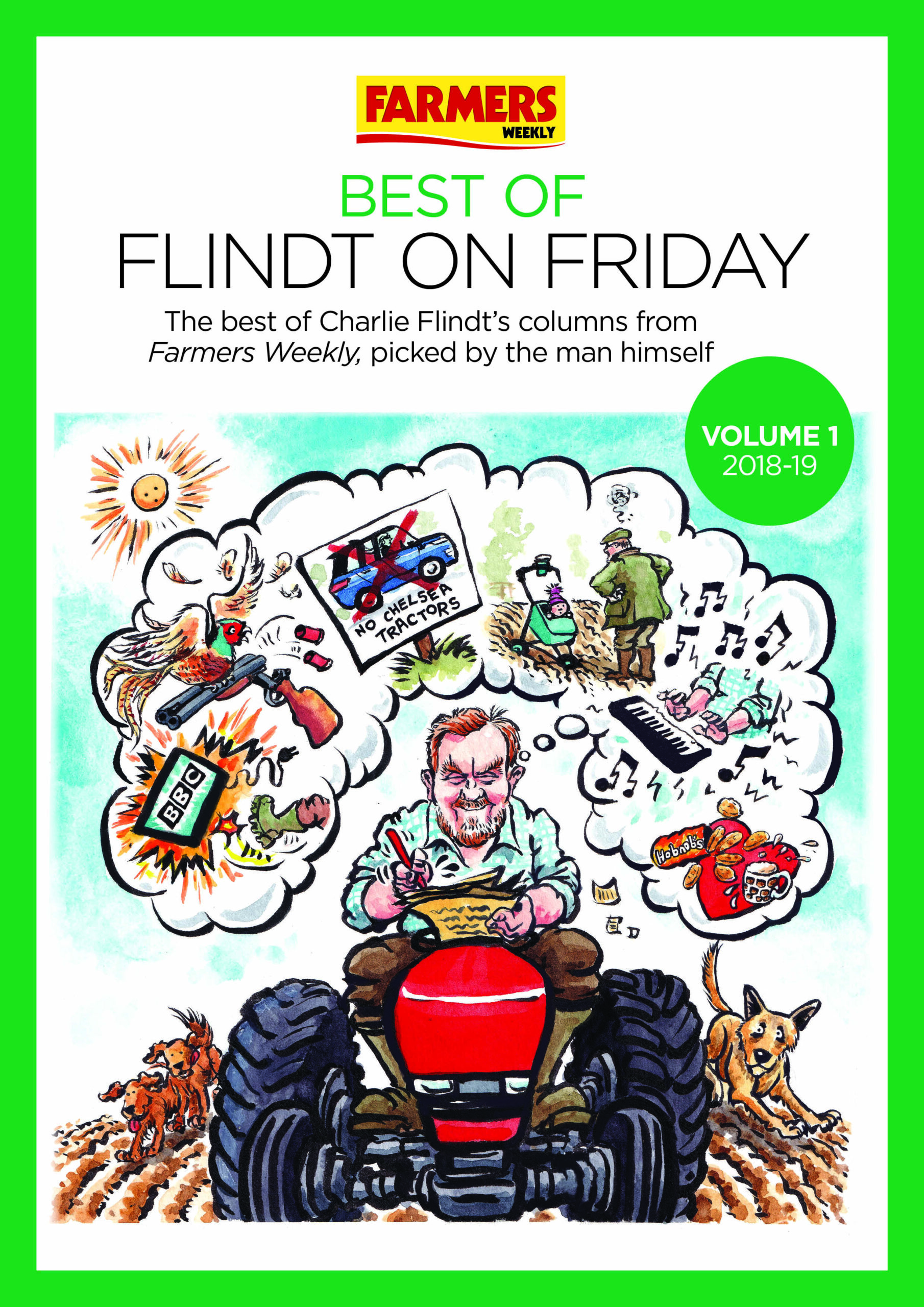Opinion: Let dairy cows graze as much grass as possible

© Tim Scrivener
After what felt like weeks of cold, wet and miserable weather, it is finally starting to feel like spring has sprung at Hardwick Farm.
We have managed to get nitrogen and slurry out, and the cows are now munching well into the spring rotation planner.
See also: Prices aren’t going up so costs must go down
In fact, despite the high grass covers we opened up with, they are somewhat ahead of where we would like them to be, as ground conditions have meant we have had to give them larger areas to avoid completely trashing the fields.
Despite the weather, the cows were straight out to grass after calving as usual in early February.
We have paid a price in some patches and will probably have to get out the direct drill, but the additional cost and workload of keeping cows housed make the decision to get out and graze as soon as possible a no-brainer for us.
 Liz Haines and her husband Nick milk 320 spring-calving cows in a contract-farming arrangement in north Shropshire.
Liz Haines and her husband Nick milk 320 spring-calving cows in a contract-farming arrangement in north Shropshire.Now, the countdown is on until “magic day”. Getting the whole grazing platform eaten out tightly in this first round is absolutely essential and determines our grass growth and quality – and hence our fertility – milk production and budget, for the rest of the year, so it’s vital that we get it right.
As a grazing farmer, I was delighted to see the headline “Great grass: getting the most from forage” on the cover of Farmers Weekly on 4 March.
However, I must admit I would have much preferred to see a picture of a cow eating it than a tractor pulling a cart-load of silage. The focus on “forage” as in silage, as opposed to grazed grass, is endemic in UK dairy farming and the farming media.
There is a belief among some dairy farmers that grass is difficult to manage, but what could be simpler than moving an electric fence twice a day?
It is much easier and, more importantly, cheaper than bedding up sheds, bringing in feed, scraping out and then having to spread the muck.
There is also a belief that grazing isn’t compatible with high-yielding cows, which links to the flawed reasoning that getting higher yields a cow is the way to dilute costs and increase profit. However, research has shown time and again (for example, in the recent AHDB Dairy Evidence report) that this simply isn’t the case – there is a strong correlation between pasture eaten/ha and profit across all dairy farming systems.
The best-performing herds are producing more than 7,000 litres/ha from forage and the average farm could decrease its cost of production by 1p/litre for every 1,400 litres of milk from forage/ha hectare.
With milk prices on the floor and no sign of recovery in sight, no dairy farmer (in fact, no livestock farmer) can afford to ignore the fact that grazed grass is the cheapest feed source available by a mile – half the cost of silage and one-third of the cost of concentrates.
Parts of the UK have some of the best grass-growing conditions in the world, and we should all be making more of this competitive advantage.
The saying “production is vanity, profit is sanity” is very pertinent in the current situation. Of course it is true that the key to profitability in any system of farming is excellent management and attention to detail across all the different areas of the business.
But with price volatility looking very much like the new normal, the most important thing is to find a system that allows you to stay in business in years such as this one. With milk prices where they are, we simply can’t afford not to be grazing as much grass as possible.

